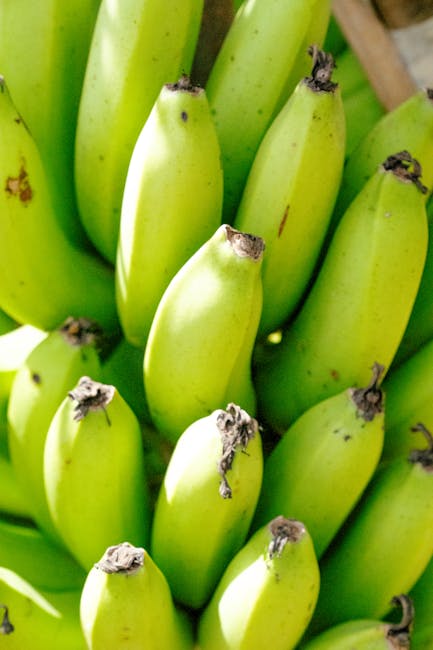How to Transition to a Vegan Diet Safely
The decision to transition to a vegan diet is a commendable one, offering numerous health benefits, ethical satisfaction, and a reduced environmental footprint. However, making this significant lifestyle change requires thoughtful planning and a thorough understanding of nutritional needs. This guide aims to help you transition to a vegan diet safely, providing you with actionable tips, insights, and resources.
Understanding the Vegan Diet
A vegan diet is one that excludes all animal products, including meat, dairy, eggs, and honey. Instead, it focuses on plant-based foods such as fruits, vegetables, grains, nuts, and seeds. According to a 2021 survey by Ipsos, about 9.7 million Americans are now following a vegan diet, a significant increase from previous years.
Benefits of a Vegan Diet
Transitioning to a vegan diet can offer a range of health benefits, including a lower risk of heart disease, improved blood sugar levels, and weight management. A study published in the Journal of the American College of Cardiology found that a plant-based diet significantly reduces the risk of cardiovascular diseases.
Steps to Transition to a Vegan Diet Safely
1. Educate Yourself
Before making any dietary changes, educate yourself about vegan nutrition. Understanding the essential nutrients that you need to maintain a balanced diet is crucial. Resources like NutritionFacts.org offer valuable information on plant-based nutrition.
2. Start Gradually
Instead of making an overnight switch, start by gradually reducing animal products in your diet. Begin by incorporating more plant-based meals into your routine and slowly phase out meat and dairy. This approach helps your body adjust and makes the transition more sustainable.
3. Plan Balanced Meals
Ensure that your meals are balanced and contain a variety of nutrients. Key nutrients to focus on include protein, iron, calcium, vitamin B12, and omega-3 fatty acids. Legumes, tofu, quinoa, and lentils are excellent sources of protein, while leafy greens and fortified plant milks can provide calcium.
4. Supplement Wisely
Some nutrients, like vitamin B12, are difficult to obtain from a vegan diet alone. Consider taking a B12 supplement or eating fortified foods to prevent deficiencies. Consult with a healthcare professional for personalized advice.
5. Experiment with New Recipes
One of the joys of transitioning to a vegan diet is discovering new foods and flavors. Explore vegan cookbooks, blogs, and YouTube channels for inspiration. Trying new recipes can keep your meals exciting and help you stick to your new diet.
Common Challenges and How to Overcome Them
Dining Out
Eating out as a vegan can be challenging, but it’s becoming easier with the rise of plant-based options. Research restaurants beforehand or suggest places known for their vegan-friendly menus. Many ethnic cuisines, such as Indian and Mediterranean, offer naturally vegan dishes.
Social Situations
Social gatherings often revolve around food, which can be difficult for new vegans. Communicate your dietary choices to friends and family in advance, and offer to bring a vegan dish to share. This approach not only ensures you have something to eat but also introduces others to delicious vegan options.
Conclusion
Transitioning to a vegan diet safely requires patience, planning, and a willingness to explore new foods and resources. By educating yourself, gradually making changes, and ensuring a balanced intake of nutrients, you can enjoy the numerous benefits of a plant-based lifestyle. As you embark on this journey, remember that every small step contributes to a healthier you and a more sustainable planet.
For more resources and support, consider joining vegan communities online or in your local area. Connecting with others on the same journey can provide encouragement and valuable tips for maintaining a successful vegan diet.
Share this content:
About The Author
Discover more from J and J Fitness
Subscribe to get the latest posts sent to your email.





